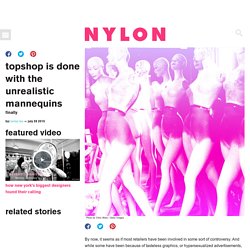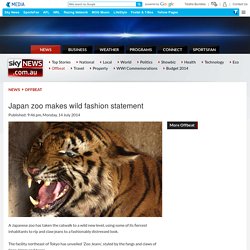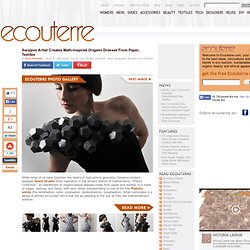

Topshop Gets Called Out For Unrealistic Mannequin Body Standards. By now, it seems as if most retailers have been involved in some sort of controversy.

And while some have been because of tasteless graphics, or hypersexualized advertisements, one thing we continue to see over and over again—and frankly, we're tired of it—is the ridiculous body standards reinforced by the mannequins that model the clothing. Topshop, the popular British brand that boasts collaborations with stars like Gigi Hadid and Cara Delevingne, has come under fire after a shopper noticed that the store's mannequin had extremely thin legs. The mannequin was wearing the retailer's popular "Jamie" jeans, and the shopper, Laura Berry, voiced her concerns that the figure was not an accurate representation of the average female form. "Perhaps it's about time you became responsible for the impression you have on women and young girls and helped them feel good about themselves rather than impose these ridiculous standards," Berry wrote in a post on Topshop's Facebook page.
Wearable pineapple fibres could prove sustainable alternative to leather. At weddings and formal events in the Philippines, men can often be seen wearing the Barong Tagalog, a thin and transparent embroidered garment worn over a shirt.

One of the more surprising materials used in its manufacture are fibres from pineapple leaves – and long strands of the leaves could soon also be used to make a host of other products, from trainers and clothes to bags and car upholstery. Called Piñatex - piña is Spanish for pineapple - the new material was created by Carmen Hijosa, who worked as a consultant in the Philippines leather goods industry in the 1990s. She was unimpressed with the standard of goods produced and started to look for alternatives. It was the strength and the fineness of the pineapple leaf fibres used in the Barong Tagalog that first alerted her that there was another option: “I was looking for an alternative to leather.
That was the beginning of my thinking. “We can make shoes, we can make bags. “We are completely new. Japan zoo makes wild fashion statement. A Japanese zoo has taken the catwalk to a wild new level, using some of its fiercest inhabitants to rip and claw jeans to a fashionably distressed look.

The facility northeast of Tokyo has unveiled 'Zoo Jeans', styled by the fangs and claws of lions, tigers and bears. Zoo officials said the material held up well, all things considered. 'We wrapped several pieces of denim around tyres and other toys. Once they were thrown into the enclosures, the animals jumped on them,' said zoo director Nobutaka Namae, adding that the pieces were later patched together to create the finished product. 'The denim was actually much tougher than we had thought, and it turned out nicely destroyed.' The idea came from a Tokyo advertising executive who wanted to give something back to the zoo where he spent time as a child, Namae added. Two pairs of jeans ripped by lions and a tiger-destroyed version are being auctioned on the internet with proceeds to be donated to the zoo and the conservation group WWF.
Sarajevo Artist Creates Math-Inspired Origami Dresses From Paper, Textiles. While most of us have forgotten the basics of high-school geometry, Sarajevo student-designer Amila Hrustic finds inspiration in the ancient branch of mathematics.

"Plato's Collection," an assortment of origami-esque dresses made from paper and textiles, is a mass of edges, vertices, and faces, with each dress corresponding to one of the five Platonic solids (the tetrahedron, cube, octahedron, dodecahedron, icosahedron). What culminates is a series of artfully structured forms that are as pleasing to the eye as they are mathematically sublime. Amila Hrustic, a student at the Academy of Fine Arts at the University of Sarajevo, found herself gravitating towards geometry—specifically Platonic solids—during her four years studying product design. Her love affair with the tetrahedron, cube, octahedron, dodecahedron, and icosahedron led to her diploma project, “Plato’s Collection,” a line of dresses that embody the forms’ aesthetic beauty and symmetry.
. + Amila Hrustic. Culture - Fashion victims: History’s most dangerous trends.